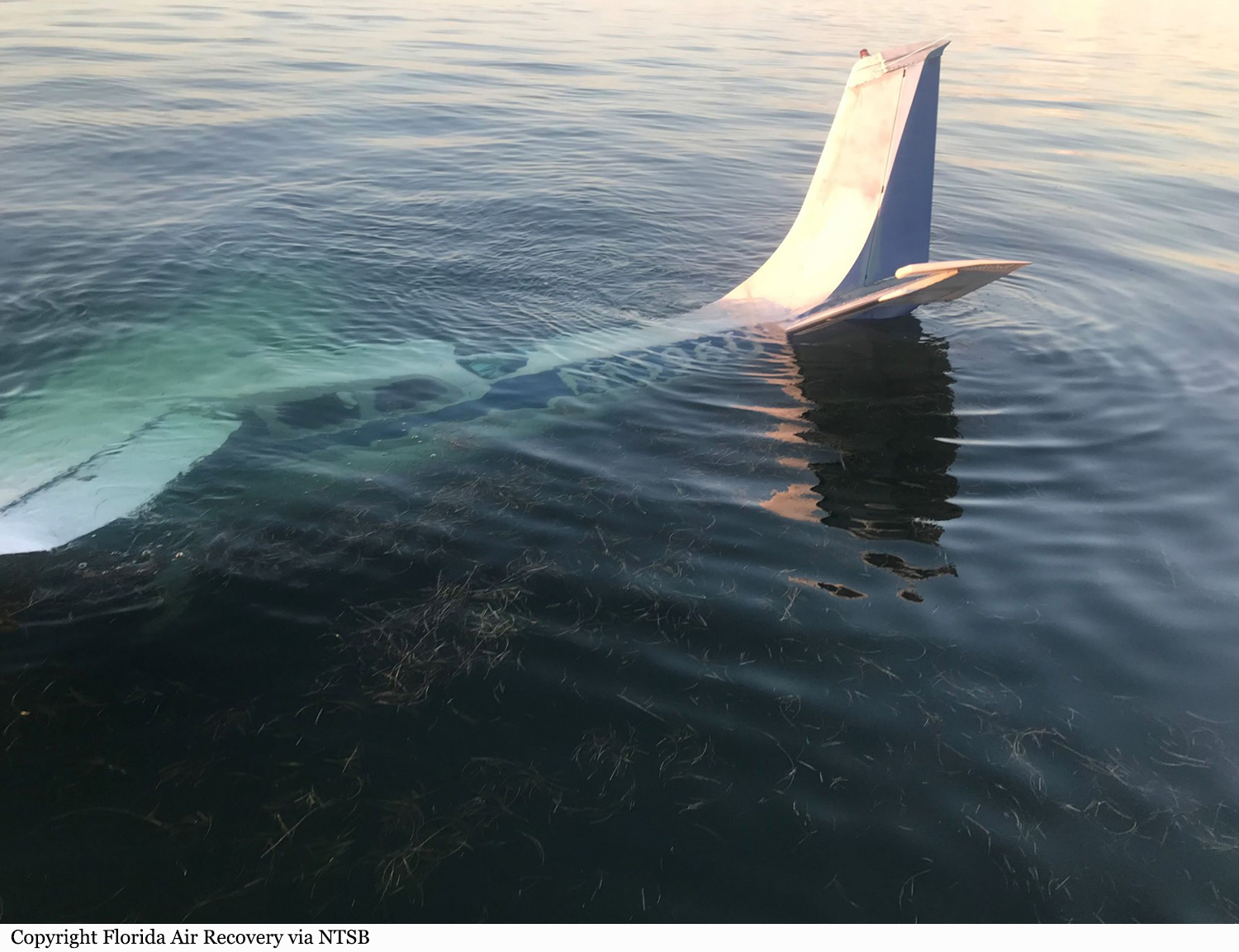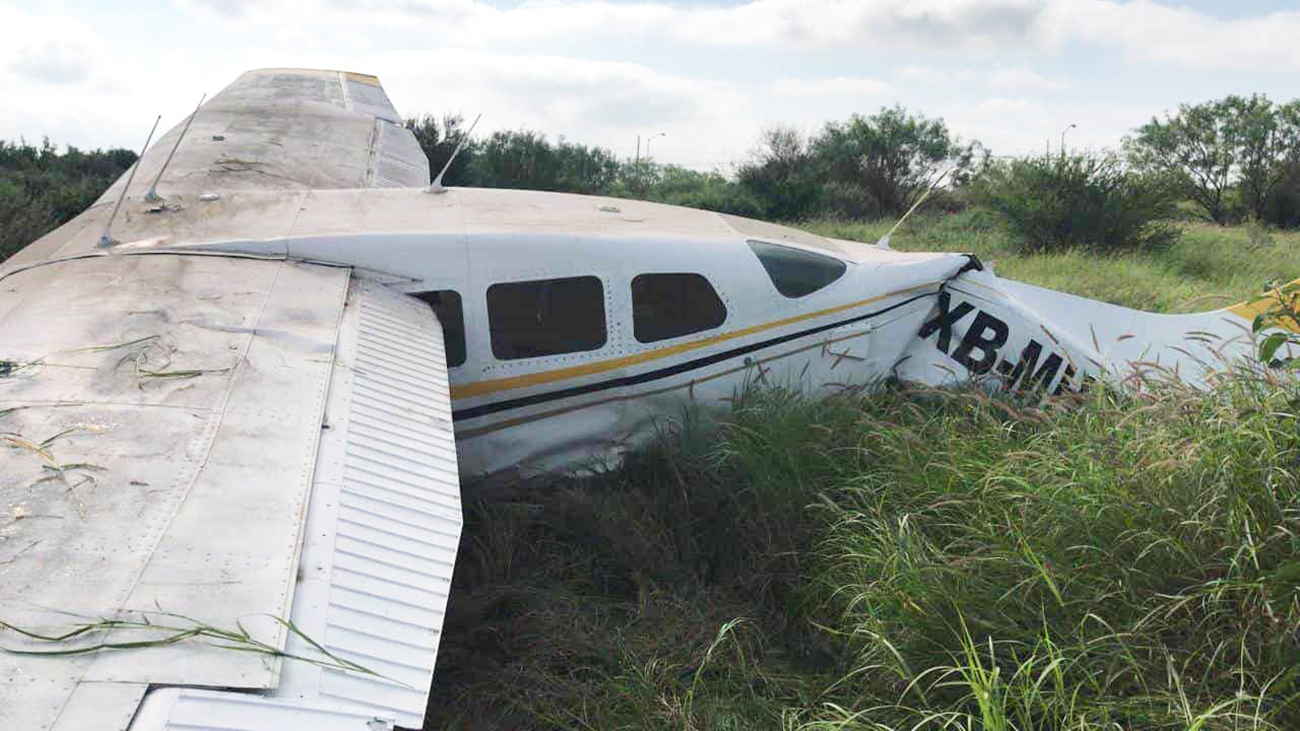Crash of a Cessna T207 Turbo Skywagon in Nanwalek: 2 killed
Date & Time:
Apr 28, 2025 at 1400 LT
Registration:
N91025
Survivors:
Yes
Schedule:
Homer - Nanwalek
MSN:
207-0016
YOM:
1969
Flight number:
2E213
Crew on board:
1
Crew fatalities:
Pax on board:
2
Pax fatalities:
Other fatalities:
Total fatalities:
2
Circumstances:
Following a charter flight from Homer, the single engine airplane was approaching Nanwalek Airport when the pilot apparently spotted a dog on the runway and initiated a go around procedure. Shortly later, the airplane stalled and crash landed. The pilot and a passenger were killed and the second passenger was seriously injured.



























